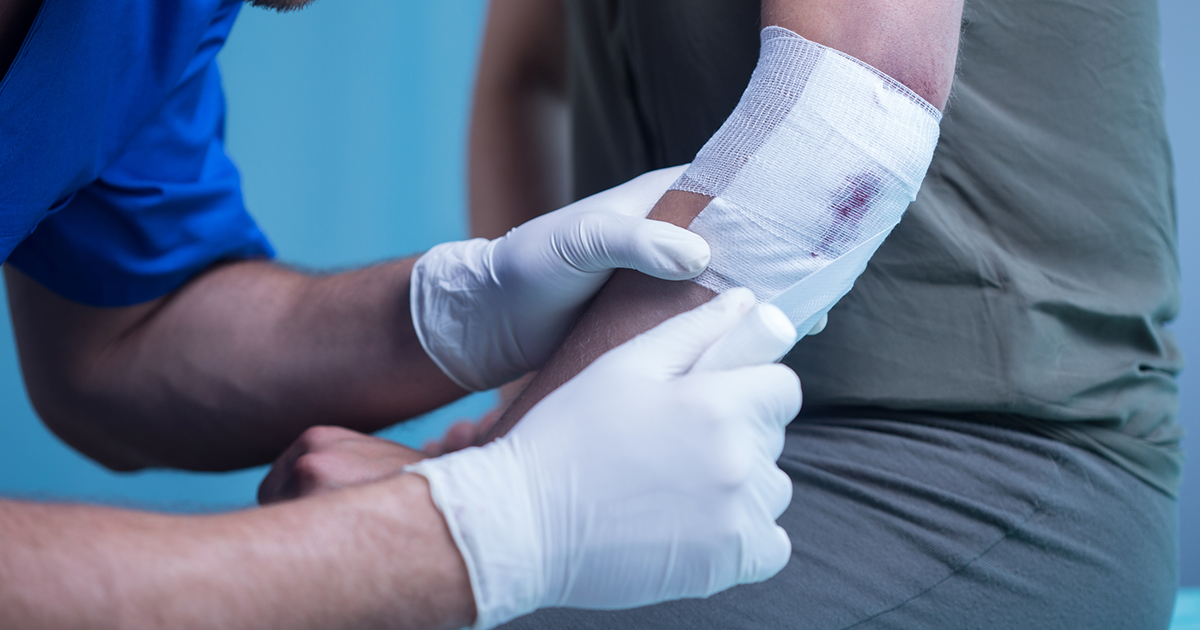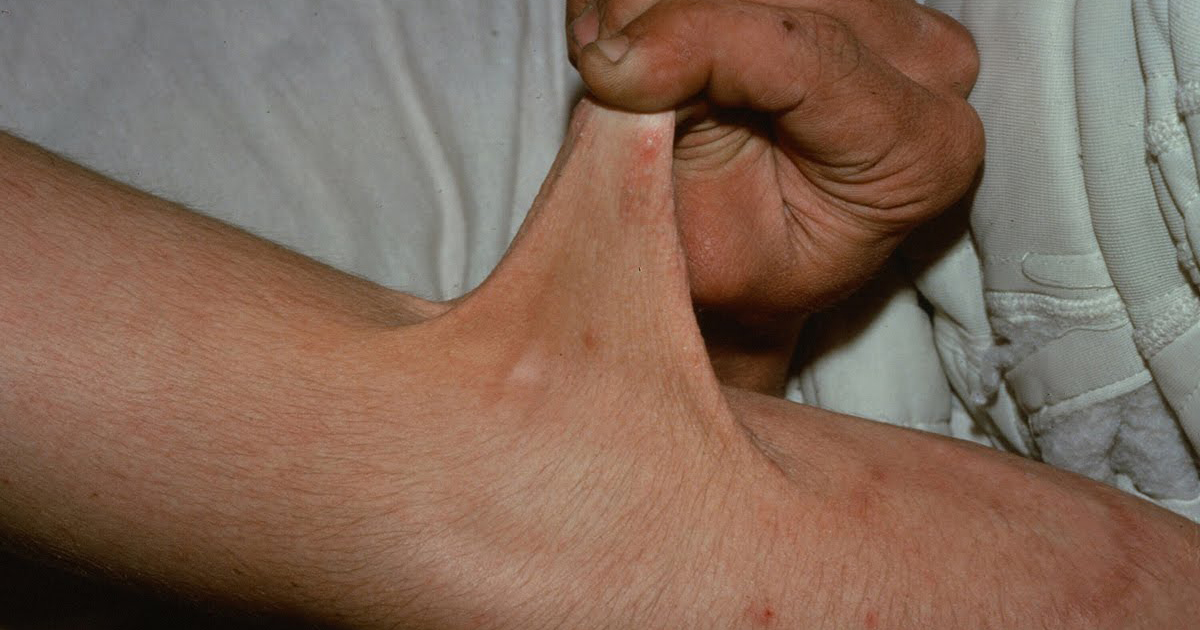Signs And Symptoms Of Ehlers-Danlos Syndrome
Ehlers-Danlos syndrome (EDS) refers to a group of genetically inherited disorders that affect a person's connective tissues. The main tissues affected tend to be blood vessel walls, joints, and skin. Connective tissue is made from complex mixtures of proteins, chemicals, and other necessary substances. These materials give elasticity and strength to your body's underlying structures, acting as a support system. It's common for individuals with Ehlers-Danlos syndrome to have unusually flexible joints and particularly fragile skin. A more severe form of the disease, the vascular type of Ehlers-Danlos syndrome, has the potential to cause rupturing of the uterus, intestines, or blood vessels. Vascular Ehlers-Danlos syndrome can cause severe complications for mothers during pregnancy, so women with the condition might want to speak with a genetic counselor before getting pregnant.
These are the main signs of the most common, classic form of Ehlers-Danlos syndrome, as well as some common symptoms of the vascular type.
Fragile Skin

When the skin is damaged, the healing process will usually take a great deal of time. Skin doesn't tend to heal well from damage, as it's too thin to reform to its original shape. In many cases, when a person with Ehlers-Danlos syndrome needs stitches, the stitching process will be complicated because the surrounding skin is not strong enough to hold the thread. Instead, it tears and breaks, somewhat similarly to tissue paper.
Ehlers-Danlos syndrome patients will often have more scar tissue than other individuals, and their scars also tend to be more gaping and severe. Because of the elasticity of the skin, scars may appear thin and have a crinkly texture. The scarring has been referred to as 'cigarette paper scarring' due to its unusual appearance. It's common for wounds to split open but to lack excessive bleeding. The scars widen over an extended period involving further splitting and healing.
Continue for the next symptom of this condition now.
Stretchy Skin

Ehlers-Danlos syndrome patients have weakened connective tissues, which means their skin can stretch much more than the average person's. Connective tissues are responsible for the ability of your skin to hold its shape. They are elastic enough so you can pull your skin up slightly, but still let the skin snap back into its original shape as soon as you let go.
This isn't the case for individuals with Ehlers-Danlos syndrome. Depending on how the symptoms present, the person's skin may take a long time to return to its original shape, or it might not return to its original shape at all. The skin might also have a velvety texture. It's most common to observe velvet texturing on the forearms, though it will also be present throughout the rest of the body. Stretchy skin might also lead to the development of redundant folds around the body. These folds are most noticeable when they occur around the eyes.
Continue reading to learn about a symptom related to joints.
